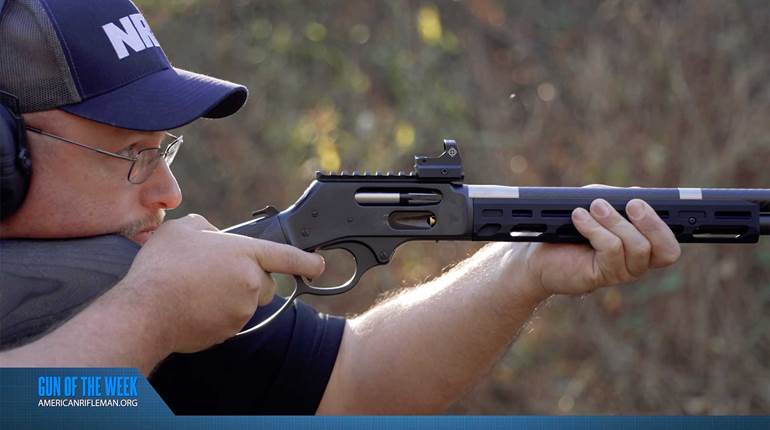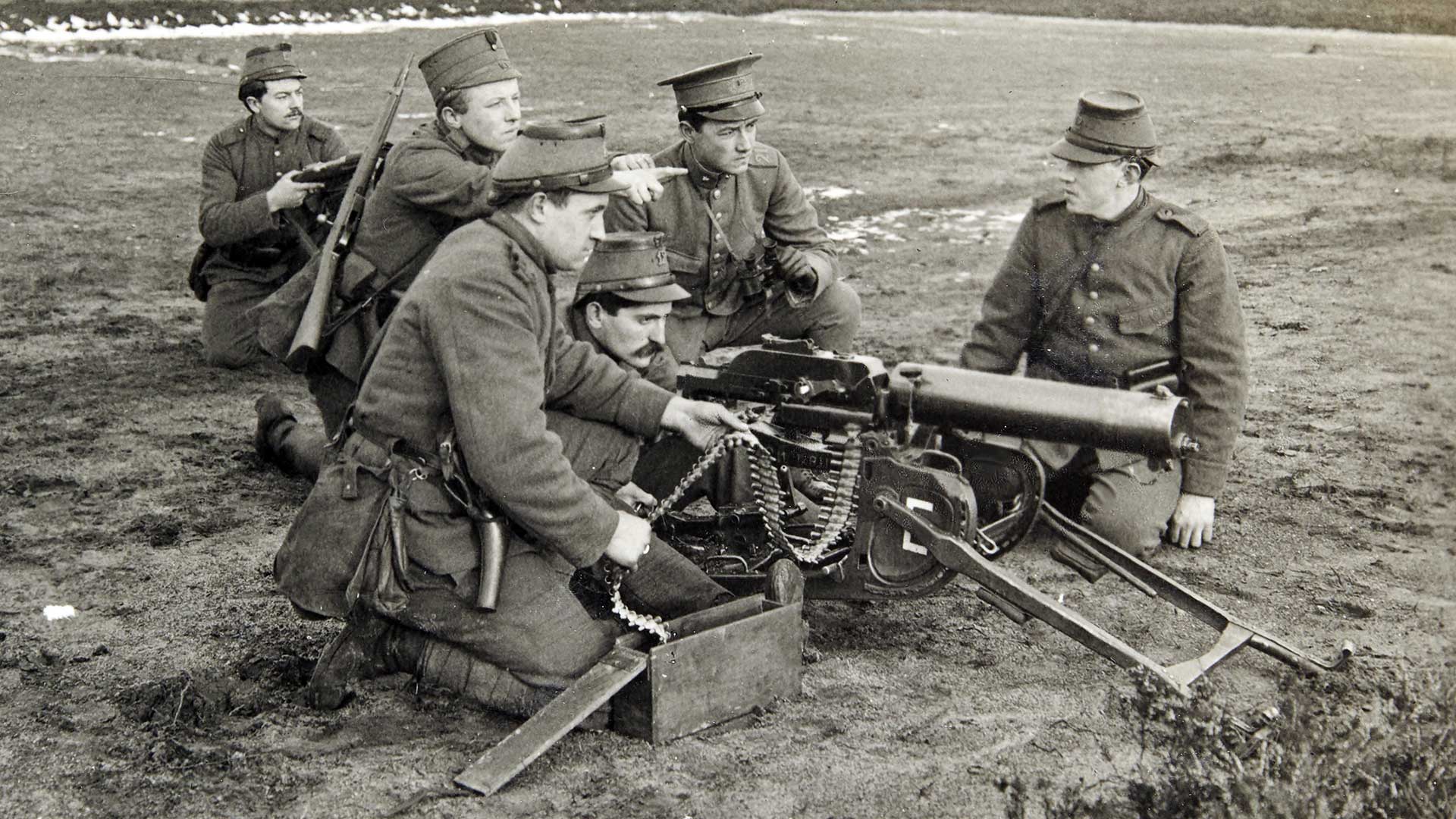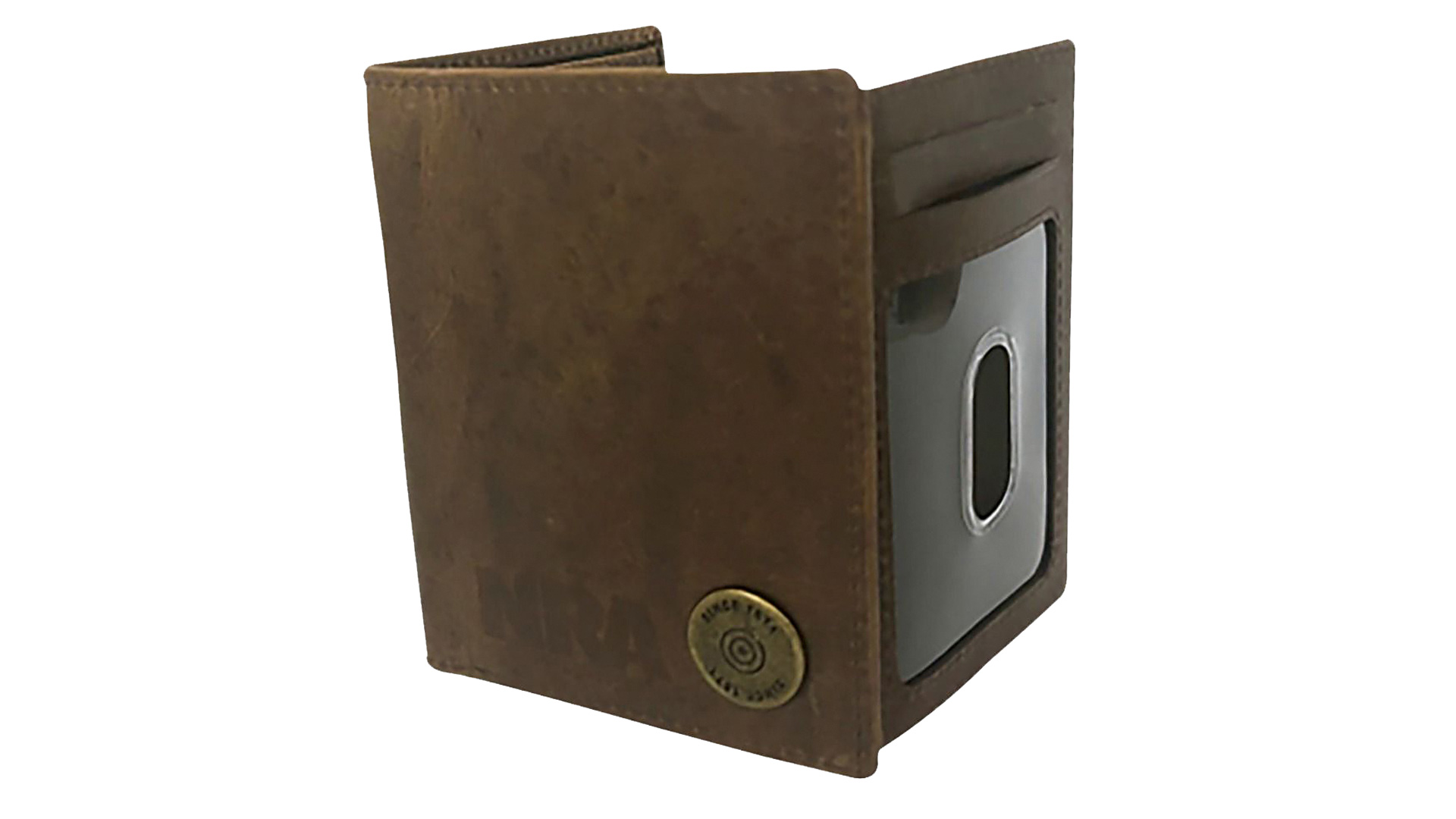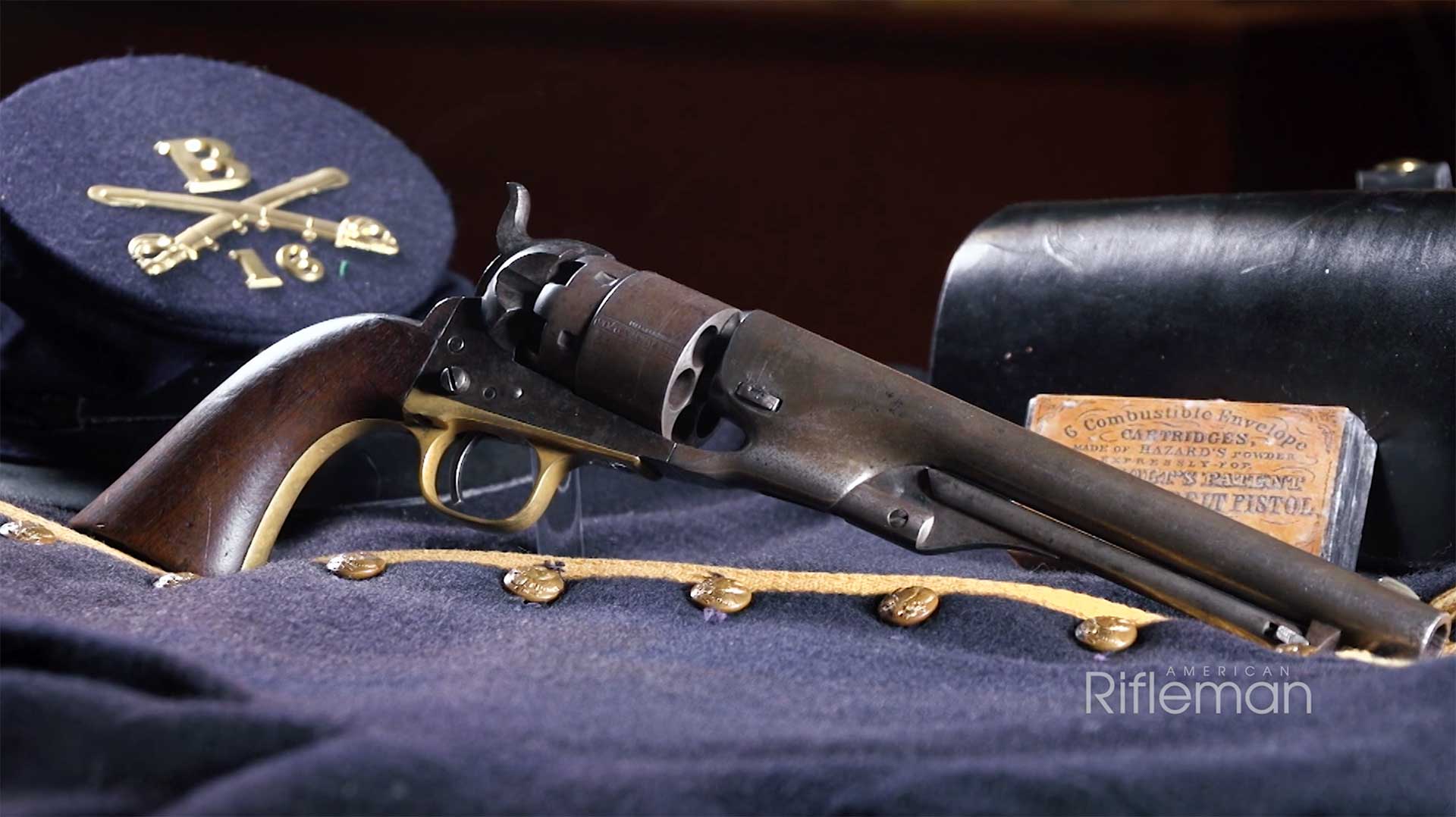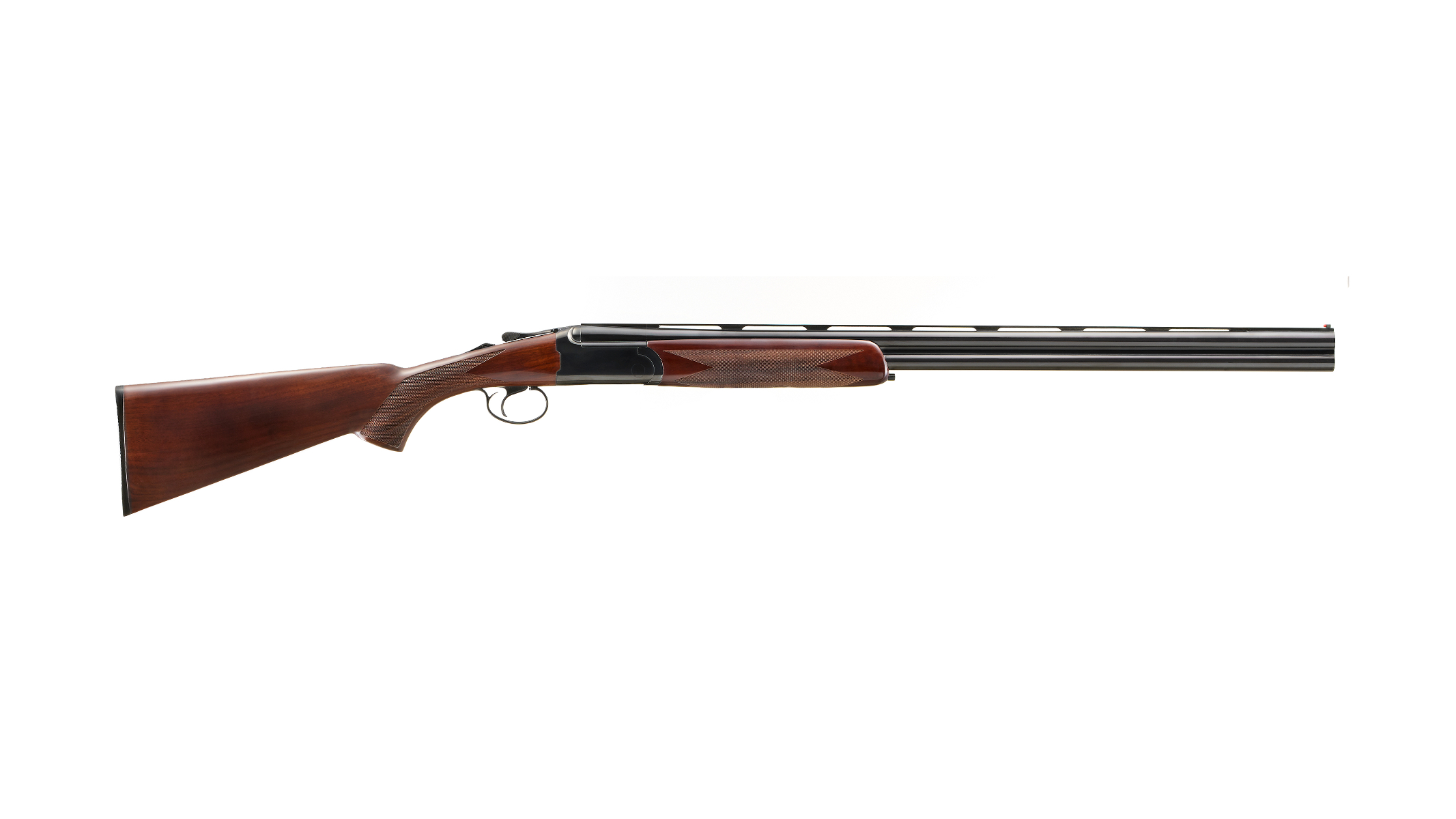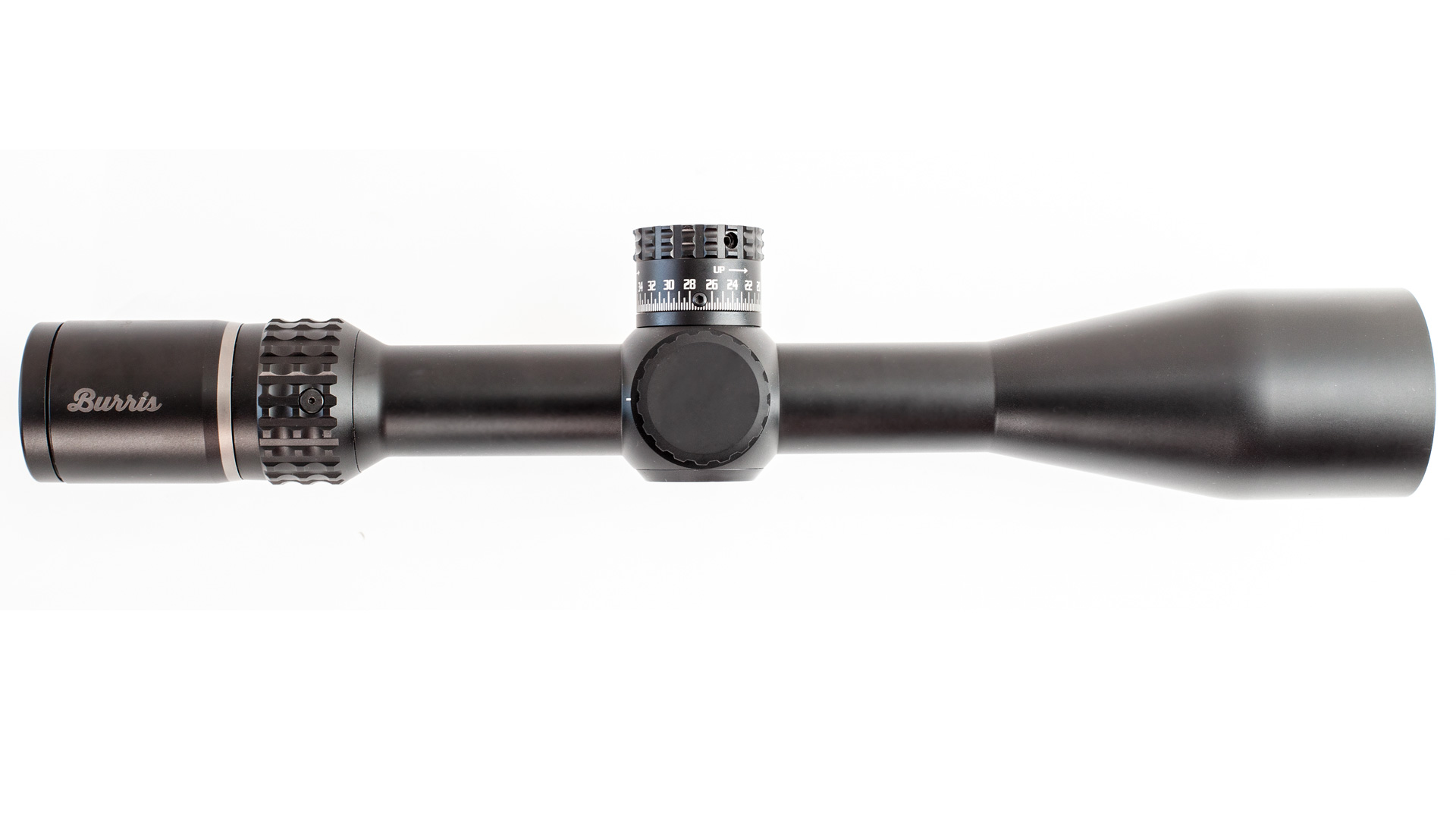
While the basic design of modern hunting rifles has changed little since the 1950s, great strides have been made within the realm of hunting optics during that same time. Riflescopes have progressed from being a potential liability in the field to a game-changer for longer-distance shots and lower lighting conditions, particularly during the past decade, thanks to the integration of advanced electronics into firearm optics. The Burris Veracity PH illustrates this advancement perfectly.
The 4-20X Veracity PH’s 5:1 magnification ratio allows for a wide field of view at close ranges, yet magnified precision at longer ones, and its 50 mm objective lens provides maximum light gathering in field conditions. Yet the riflescope’s overall length is just 15" and it weighs only 28.5 ozs.
The scope uses Burris’ Wind MOA duplex reticle. With the main crosshair sighted-in at 100 yards, elevation holdover marks approximate 200, 300, 400 and 500 yards for most high-power rifle cartridges. Windage hold marks are in one-m.o.a. increments, and the reticle is located in the first focal plane, so the subtensions are accurate regardless of the magnification level.
Outside the central reticle are bars that widen as they extend outward, helping the eye to quickly focus on the center of the non-illuminated reticle. The design of the reticle allows for old-school long-range shooting capability, even if dead batteries negate the scope’s electronic features.
Elevation adjustments are made with a target-type knob, offering 70 m.o.a. of adjustment. As it uses a digital position sensor, the knob does not have mechanical click detents. Each mark denotes 1/4-m.o.a. of adjustment.

The windage-adjustment knob has mechanical clicks, yields 37 m.o.a. of adjustment and is capped. Once the scope is sighted-in, the knobs can be zeroed by loosening them with the supplied hex wrench and aligning the zero mark. The elevation turret has a stop so that it can be quickly returned to zero. On the left side of the scope are the parallax and display-brightness adjustment dials, along with a compartment for the two CR2450 batteries that power the scope’s electronics.
 Where the Veracity PH differs from other scopes is that it has a Programmable Elevation Knob (PEK) system, which works in conjunction with the BurrisConnect mobile app. The app allows the shooter to create a custom ballistics profile for his or her rifle and ammunition and to update it with the current environmentals. Using a smartphone, the app connects to the scope via a Bluetooth signal.
Where the Veracity PH differs from other scopes is that it has a Programmable Elevation Knob (PEK) system, which works in conjunction with the BurrisConnect mobile app. The app allows the shooter to create a custom ballistics profile for his or her rifle and ammunition and to update it with the current environmentals. Using a smartphone, the app connects to the scope via a Bluetooth signal.
The PEK system works in conjunction with a “heads-up display” (HUD) inside the scope that shows the elevation turret position, rifle cant, wind holds compensated for distance and battery level. This allows the shooter to adjust for distance (the digital position sensor gives adjustments equivalent to 1/10-m.o.a.) and rifle cant without taking his or her eyes off the target. The HUD is positioned unobtrusively, leaving an uncluttered field of view. The scope also has a built-in inclinometer to compensate for the angle of a shot.
To test the Veracity PH, we mounted the scope on a Winchester Model 70. Sighting-in at 100 yards let us run the Hornady Superformance .30-’06 Sprg. ammunition we were using past a chronograph to measure its actual muzzle velocity. This data, along with elevation and atmospheric conditions, was plugged into the app to create a ballistic profile that was uploaded to the scope.
We then moved to several unknown distances between 100 and 300 yards from the 8" target, ranged it with a Leupold RX-1400i, and then dialed-in the elevation turret. Shooting from field positions to approximate hunting conditions, the rifle never missed a first-round hit on the target—even with novice shooters. Just dial the distance and the rifle hits where the scope is aimed—no counting clicks or doing math in your head required.
The Veracity PH combines modern performance-enhancing technology with traditional function and reliability in a way even old-school hunters can appreciate. With the confidence that the bullet will impact at the spot where your crosshairs are aligned, the shooter just has to do his or her part to send it there.














